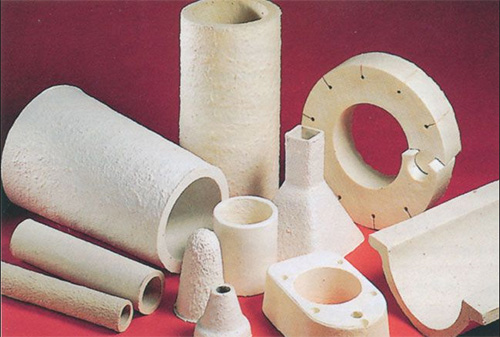- 29
- Dec
Take the breathable brick as an example, briefly describe the basic knowledge of refractory materials
Were ya brik na -eku ume dị ka ọmụmaatụ, kọwaa nkenke nkenke isi ihe ọmụma nke refractory ihe
For steel manufacturers and refractory materials industry, breathable bricks are very important and common refractory products; taking breathable bricks as an example, this article discusses the refractory materials from the four aspects of thermal conductivity, specific heat capacity, refractoriness, and load softening temperature. Basic knowledge.

(Foto) Refractory
Nrụgide okpomọkụ nke ihe ndị na-emegharị emegharị: Thermal conductivity na-egosi okpomọkụ nke ihe. Ka ihe na-eme ka ọkụ na-eme ka ọ dịkwuo mma, ọ ka mma ka onye na-eduzi thermal. Njupụta nke brik ndị nwere ike ikuku ikuku na-ebuwanye ibu, na conductivity thermal bụ nke ka ukwuu.
Specific heat capacity of refractory materials: Specific heat capacity represents the heat absorption or heat dissipation capacity of an object. The larger the specific heat capacity, the stronger the corresponding heat absorption or heat dissipation capacity. The specific heat capacity of ventilated bricks is related to its baking and cooling time.
Refractoriness of refractory materials: As mentioned in the previous article, it is a technical indicator that integrates the chemical composition, dispersion, proportion and viscosity of the liquid phase contained in the material. Refractoriness is one of the important indicators of refractory materials. Refractory materials need to be able to withstand the high temperature of the use scene during use; for ventilating bricks, if the temperature of molten steel is too high, it will not only affect the life of the ventilating bricks, but even cause major leaks, etc. accident.
Ibu dị nro na-ekpo ọkụ nke ihe na-emegharị ihe: Ọ na-egosi nkwụsị nke ihe ahụ na elu okpomọkụ na ibu n’otu oge. Ngwaahịa refractory nwere ike mkpakọ dị elu na ụlọ okpomọkụ, ma mgbe ebuchara ya na okpomọkụ dị elu, ha ga-emebi ma belata ike mkpakọ ha.
